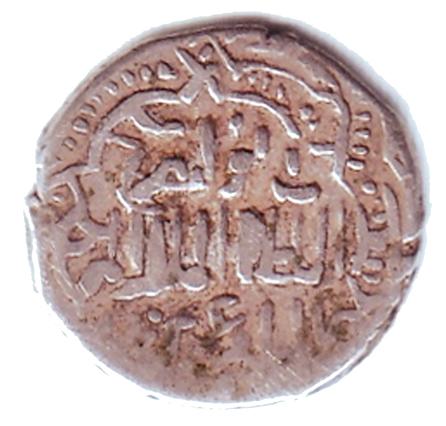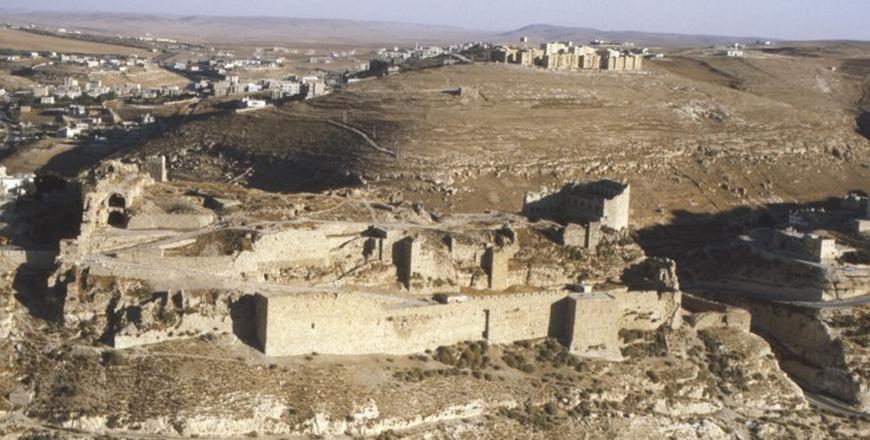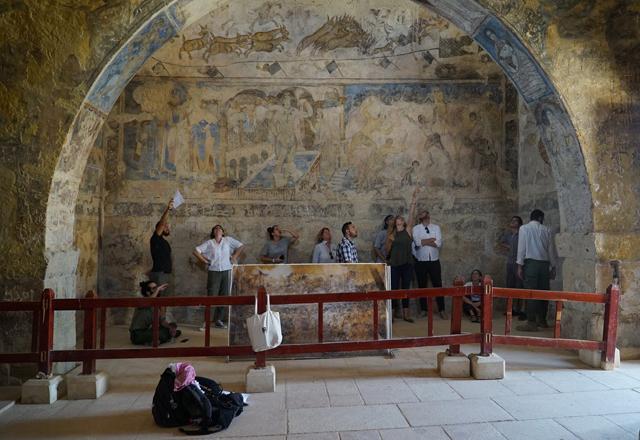You are here
American scholar explores Islamic monetary history of Jordan, region
By Saeb Rawashdeh - Dec 11,2018 - Last updated at Dec 11,2018
AMMAN — Islamic monetary history is a largely unexplored field for researchers due to resource constraints and limited source material, according to an American scholar who has spent years studying the monetary history of the region.
”For some periods and places we know quite a lot, but for other places and times we would like to know more,” said professor of History and Associate Dean at the College of Liberal Arts and Social Sciences of DePaul University, Warren Schultz.
“As the Muslim community expanded beyond the Hijaz during the period of the Rightly-Guided and early Umayyad caliphs, the Muslim state adopted the minting traditions of the lands it conquered. Thus, in the former territories of Eastern Rome [Byzantium], we see a continuation of gold and copper coinages of Byzantine style, some bearing short Arabic inscriptions,” Schultz explained.
This practice changed during the reign of the Abd Al Malik, the historian continued, noting that he initiated major changes in the coinage of the Umma.
“He is often said to have established the first truly Islamic gold and silver coinage,” Schultz, who has studied Islamic coins in Jordan for more than a decade, said, adding that the new coins were recognisably different from the coins before the reform.
The new Umayyad coins were purely epigraphic in design, bearing only Islamic pious phrases such as the shahada, among others, the scholar underlined, adding that the basic style of these gold dinars and silver dirhams was maintained well into the early Abbasid period.
As the Islamic community transitioned from the Rashidun and Umayyad caliphates into an increasing number of autonomous or independent states, the coinage of those states began to vary tremendously across the growing Islamic world, he explained.
“As a result, when you study Islamic coinage from the middle Abbasid period onwards, you cannot assume that the coinage of one place is automatically the same as that found in others,” said Schultz.
Nevertheless, these coins remain a tremendously important source for the history of these Muslim states, the historian stressed.
“This is at least partly due to the fact that in the early and middle periods of Islamic history, the right to mint coins [sikka] was reserved for rulers. So, in addition to their economic use and value, Islamic coins are often important mini-documents about contemporary politics and sovereignty,” he said.
“As someone who has trained and worked extensively on the coinage of the Mamluks [and to a lesser extent, that of the Ayyubids], I feel quite comfortable working with those coins,” the historian underscored. “Coins from these dynasties are well-known, but there is always something new to be learned.”
Schultz added that Umayyad coins were struck in Amman and Jerash.
According to him, after that there is no surviving monetary evidence that coins were ever minted in any of the cities now found within the boundaries of the modern country.
“That said, coins from the surrounding regions were definitely in circulation in the territory from the Abbasid period down through the Ottoman,” Schultz explained.
Related Articles
AMMAN — Coin design during the Mamluk Sultanate led to economic challenges, noted an American historian. Many scholars believe that sul
AMMAN — The Eastern Mediterranean and the Biladi Sham, also known as the Greater Syria, regions were linked to other regions through trade r
AMMAN — The Second Janet Abu Lughod seminar, organised by Studio-X Amman and Sijal Institute for Arabic Language and Culture was a “wonderfu



















